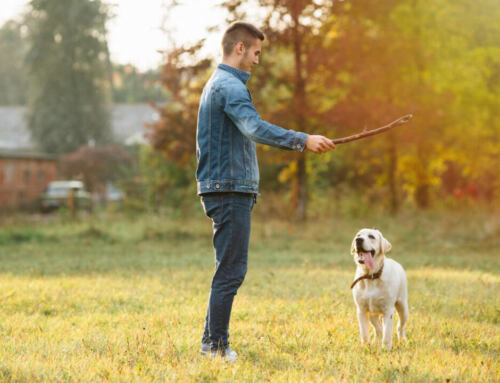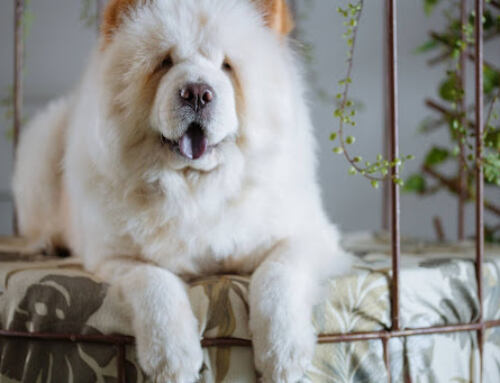When addressing the aggressiveness of dog breeds, it’s crucial to keep in mind that aggression can vary between individuals and that a dog’s behavior can be heavily influenced by things like training, socialization, and surroundings. Although some dogs of a certain breed may exhibit characteristics that have been historically linked to violent tendencies, it is important to avoid making blanket assumptions about the temperament of all dogs of a given breed.
It’s also worth noting that aggressive dogs typically aren’t permanently hostile. Instead, they’ll only act aggressively under very narrow circumstances, such as when they’re ill, possessive, protective, fearful, in pain, or socially hostile.
Understanding Aggression in Dogs
To be a good dog owner and to protect the safety of both dogs and humans, it’s crucial to have a firm grasp on the causes and consequences of canine aggressiveness. Fear-based aggressiveness, territorial aggression, protective violence, and hostility motivated by a desire to assert dominance are all examples of this complicated behavior. It can be triggered by a variety of reasons, including genetics, upbringing, socialization, and the surrounding environment. Understanding a dog’s behavior requires being able to spot signals of hostility such growling, snapping, or biting.
Aggression can be controlled and prevented through early intervention, proper socialization, and positive reinforcement training. Consulting with a veterinary behaviorist or experienced trainer can be extremely helpful when dealing with aggressive behavior. Remember that dog aggression is not an inherent characteristic of any certain breed, and that responsible ownership plays a crucial role in encouraging appropriate behavior and decreasing aggression in canines.
UNFRIENDLIEST DOG BREEDS
Canine behavior and temperament can vary widely from one member of a breed to another, even among the unfriendliest dog breeds. However, there are other breeds that have a reputation for being less friendly or more difficult. Dogs’ personalities can be greatly influenced by their upbringing and socialization, the list of aggressive dog breeds are:
Bull Terrier
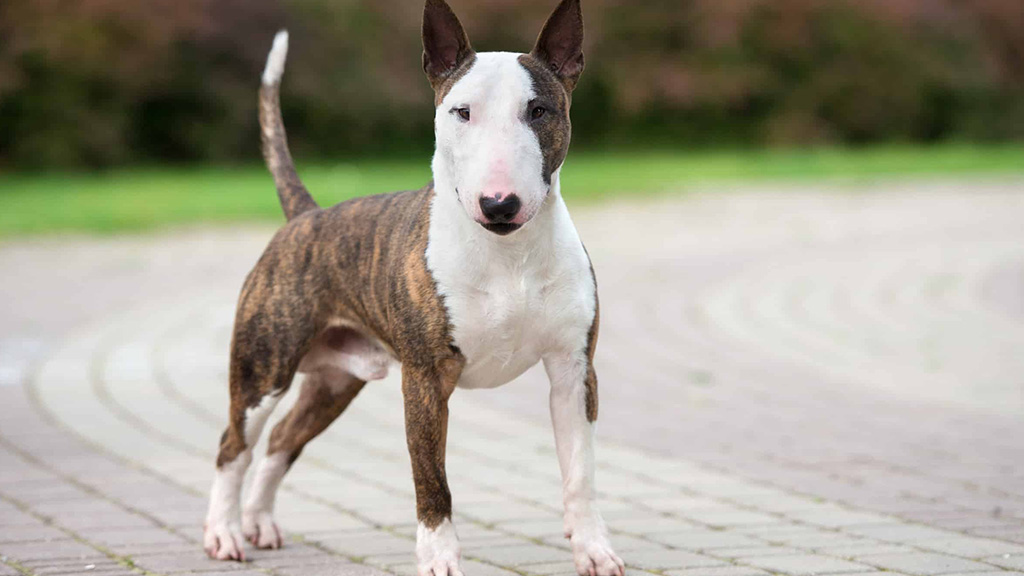
The Bull Terrier may be the tiniest and most docile of all dog breeds, yet it also happens to be one of the most violent. They are not recommended for first-time pet owners, but make wonderful companions for those with experience. While they may look like lapdogs, Bull Terriers are actually just lean muscle. A Bull Terrier can be a challenging pet to own if you don’t know how to teach and manage an aggressive dog.
Rhodesian Ridgeback
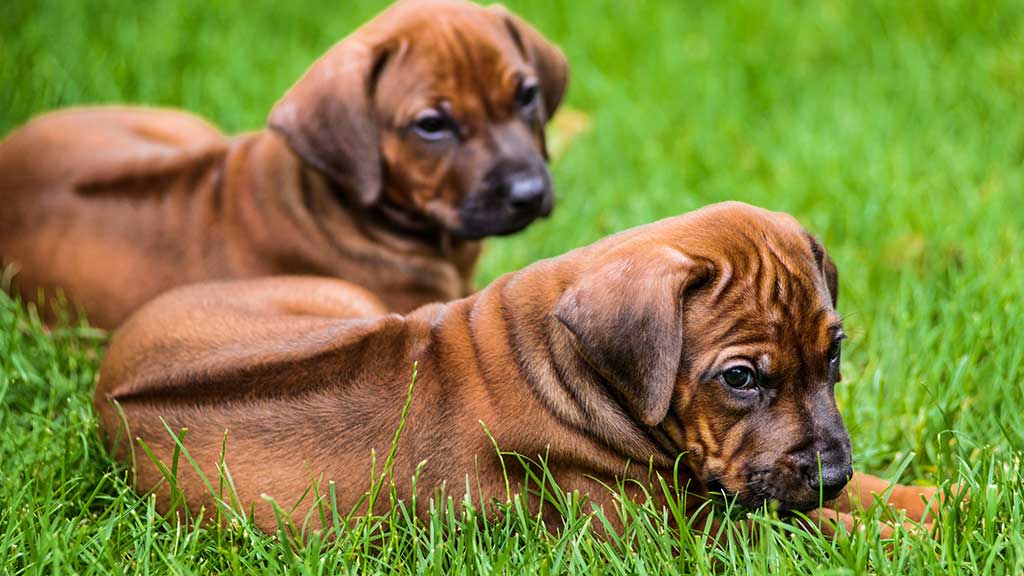
The Rhodesian Ridgeback is a huge dog that was once employed to protect livestock and farms from African lions. They’ve adapted over time to be vigilant and combat ready in case their protection is required. These dogs tend to be reserved around strangers and highly sensitive. The only way to educate a dog of this type is by positive reinforcement, and you should get advice from an expert trainer before proceeding.
The Rhodesian Ridgeback earned its fame by keeping lions at bay and game under control while their master hunted. If trained properly, this dog can be an extraordinarily devoted friend. The Rhodesian Ridgeback earned its fame by keeping lions at bay and game under control while their master hunted. If trained properly, this dog can be an extraordinarily devoted friend.
Chow Chow
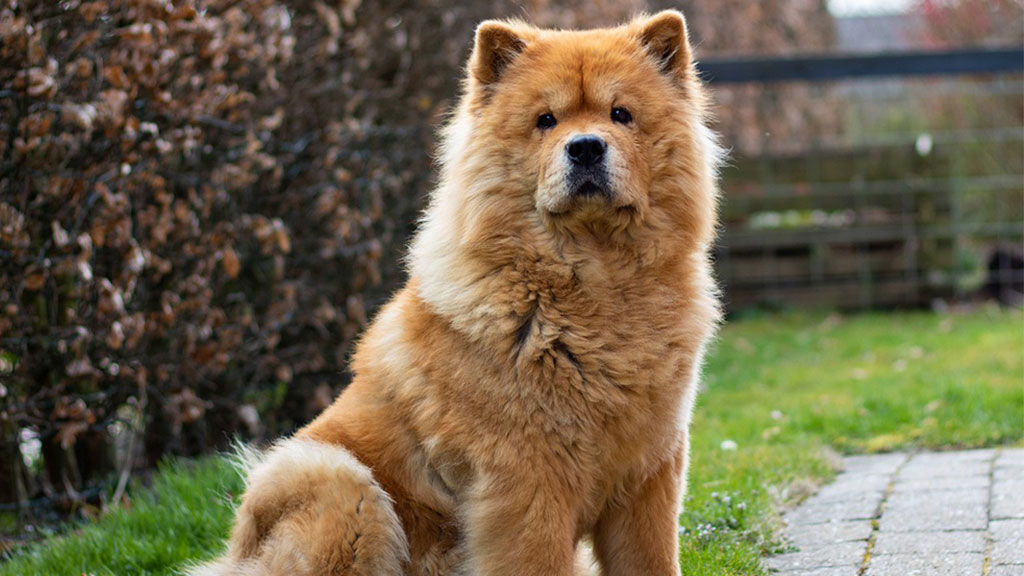
The Chow Chow is a breed that requires a lot of time and care because it is distant and fiercely independent. Chow Chows require extensive socialization because they are wary of strangers and protective of their families. The number of recorded bites by this breed of dog is significantly higher than that of many others because of its reputation as one of the most aggressive.
Chow Chows need vigorous exercise or they may develop dangerous behavioral issues. The number of recorded bites by this breed of dog is significantly higher than that of many others because of its reputation as one of the most aggressive. Chow Chows need vigorous exercise or they may develop dangerous behavioral issues. As one of the more combative canine varieties, they have a greater bite rate than the average. Chow Chows need vigorous exercise or they may develop dangerous behavioral issues.
SAINT BERNARD

The Saint Bernard is another massive working dog breed with Alpine roots. Despite their common depiction as enormous teddy bears in media, black bears are actually quite stubborn, challenging to teach, and need extensive socialization from a young age. Still, Saint Bernard’s are well-known for coming to the aid of hikers who become lost in the mountains. Saint Bernard’s, one of the best rescue dogs, exhibit significant levels of hostility despite their reputation for good deeds in media and real life.
Dogo Argentino
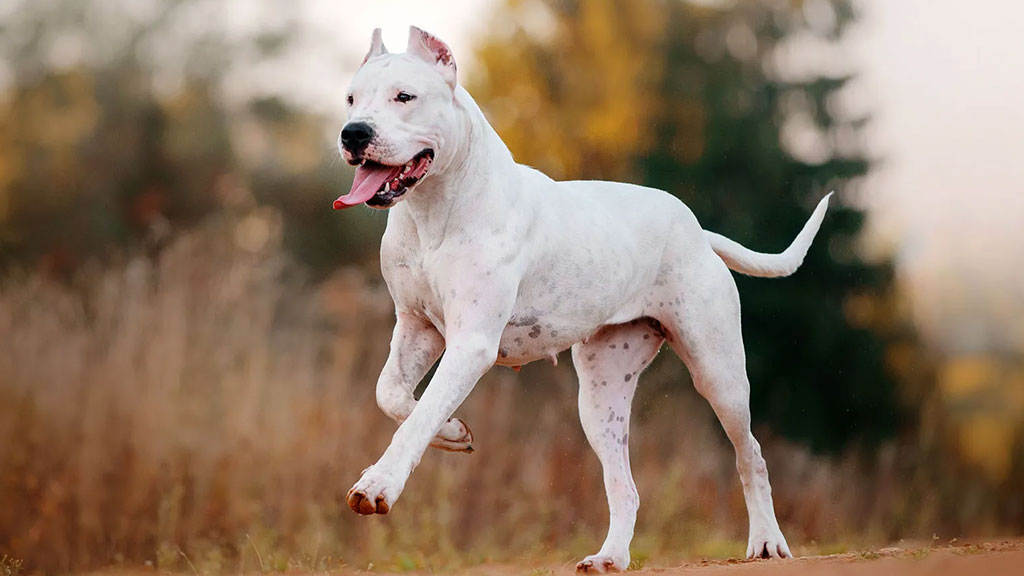
The Dogo Argentino, originally from Argentina, is a white, muscly dog breed that has been prohibited from ownership in the UK and many other countries due to its violence. The puma and the wild boar are the target species for this breed of dog. Although these dogs are stunning to look at, they can be a little too rambunctious for a suburban household.
A skilled handler is required for the Dogo Argentino, who is otherwise an excellent and powerful hunting dog. Dogo Argentinos are powerful and dominant canines that were originally bred for hunting large animals. Due to their high prey drive, they need to be socialized, trained, and handled by professionals from an early age to avoid developing aggressive tendencies.
PRESA CANARIO
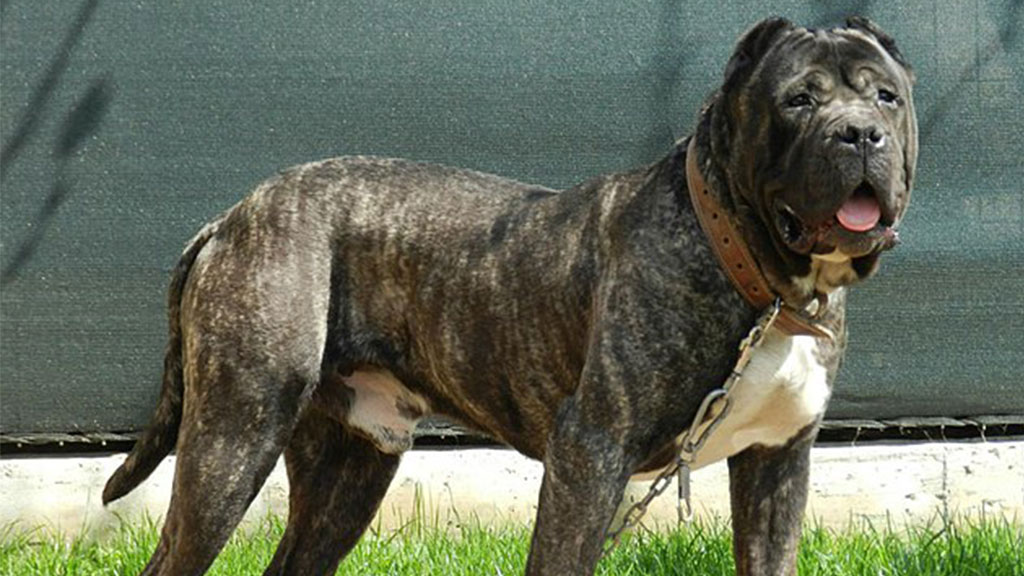
The huge Presa Canario is a breed of combat dog that has attacked and killed people. Originally developed for use in an Aryan Brotherhood dogfighting ring, these dogs are now also employed in the protection of cattle. This breed, which is often called a “Canarian Catch Dog,” needs to be socialized and trained in obedience from a young age.
They pose a threat to humans and other animals if they haven’t been raised by expert hands. The Presa Canario was originally developed to safeguard livestock during herding. If not adequately trained and socialized, they may exhibit domineering behavior and a fear of strangers. This breed requires a responsible owner and early socialization.
TOSA INU
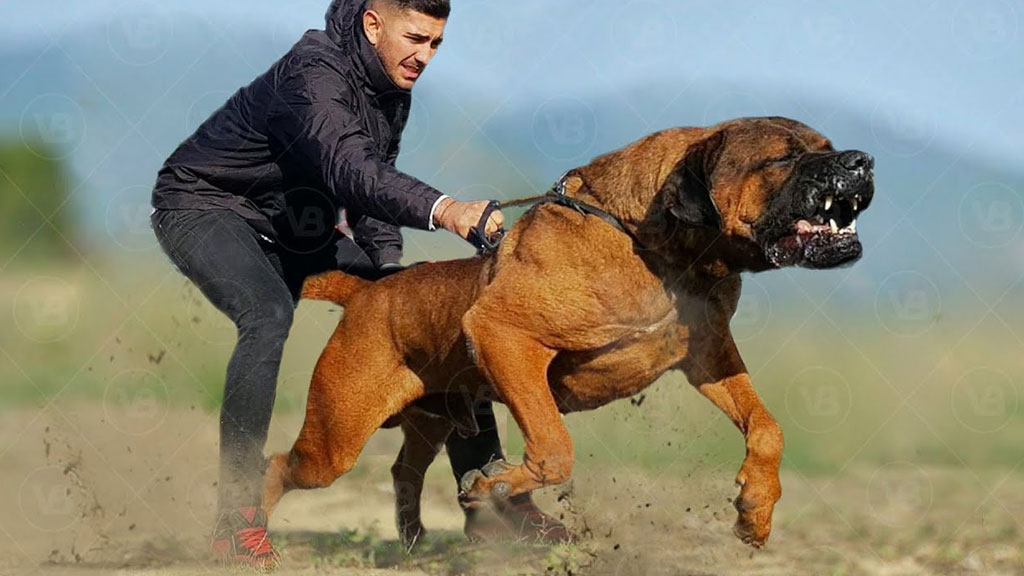
One of the most lethal canine breeds is the Tosa Inu. Depending on the exact breed, this giant can weigh anywhere from 130 to 200 pounds and measure in at roughly 32 inches at the shoulder. As a result of the breed’s history of aggression, it is illegal in several nations. It was developed in Japan specifically to serve as a combat breed. Overprotective dogs of this breed can turn aggressive towards humans even in the best of circumstances.
Tosa Inus are a type of dog native to Japan that were first developed for canine combat. They can be dominating and possessive, thus they need expert caretakers, socialization, and training to curb their aggressive tendencies.
GERMAN SHEPHERD

German Shepherds, like many other working dogs, are exceptionally bright. They have served as police dogs, guiding dogs, and search-and-rescue dogs. They can be apprehensive of strangers because to their regal bearing and intense nature. German Shepherds have a defensive nature, but they can learn to be friendly family pets if they are socialized as puppies.
The German shepherd’s naturally aggressive nature makes it ideally suited for work as a police dog, a military dog, or a security dog. It’s not a dog you want to cross, but if trained properly, it can become a wonderful companion and reliable protector of your loved ones.
ROTTWEILERS

Depending on their upbringing, Rottweiler’s can be either devoted family pets or fearless guard dogs. Their thick, stocky build can reach 150 pounds, and their innate protectiveness and sense of territory are useful traits to exploit. However, Rottweiler’s can be socialized and trained to become obedient family pets in the hands of a committed owner. As a breed, Rottweiler’s have also been selected for their ability to make excellent guard dogs.
Rottweilers have had a poor rap due to the high number of attacks they’ve been linked to that have resulted in the deaths of both humans and other animals, including sheep. Many people blame insufficient education and isolation for these occurrences. However, it is widely acknowledged that this breed, if poorly handled, can acquire a nasty streak, become overprotective of its family and home, and display a high prey drive, as seen by the numerous assaults on young children by Rottweiler’s in recent years.
Factors Influencing Dog Aggression

Genetics:
Aggression tendencies could run in the family; some meanest dog breeds might be more prone to aggressive behavior than others. The temperament, aggression threshold, and reactivity of a dog can all be affected by its genes. Responsible breeding can help reduce the risk of aggression in dogs, but genetics alone do not determine their behavior.
Environmental Factors:
A dog’s behavior may be affected by the environment in which it is kept. Frustration, anxiety, and reactive violence might result from a lack of exercise, confinement, bad living conditions, mental stimulation, or exposure to stressful situations.
Lack of Socialization:
Fear, anxiety, and defensive aggression are all symptoms of a dog that has not been adequately socialized during its formative phases. Dogs need early and consistent socialization to develop self-assurance and pleasant associations with new experiences.
Medical Conditions:
Aggression in dogs may have a medical basis, such as discomfort, hormonal imbalances, neurological abnormalities, or even specific diseases. A comprehensive veterinarian check might help rule out any medical problems.
Owner and Handler Influence:
The actions and behaviors of a dog’s owner or handler have a significant impact on the dog’s own behavior. Aggression in dogs can be perpetuated or even exacerbated by poor management practices such inconsistent training, a lack of discipline, a lack of supervision, and the use of punishment.
Final Thought
As a conclusion, Training (nurture) can have a significant effect on nature. All dogs, no matter what breed they are, are not always “bad.” There are many small meanest dog breeds that are prone to aggression owing to small dog syndrome, but we rarely hear about them because they can’t (usually) do as much damage as a German shepherd. When it comes to hostility, education is the common denominator. If at all possible, training should begin at a young age.
Maintain an attitude of unwavering positivity and repetition. The process of training is never complete. If you want to keep your dog from becoming aggressive towards other animals or people, it’s important to keep up with their training and to socialize them frequently. Dogs can be saved from certain death by proper training. If you have kids, make sure they know how to treat a dog appropriately, and keep an eye out for any signs of anxiety, fear, or discomfort on your dog’s part.


